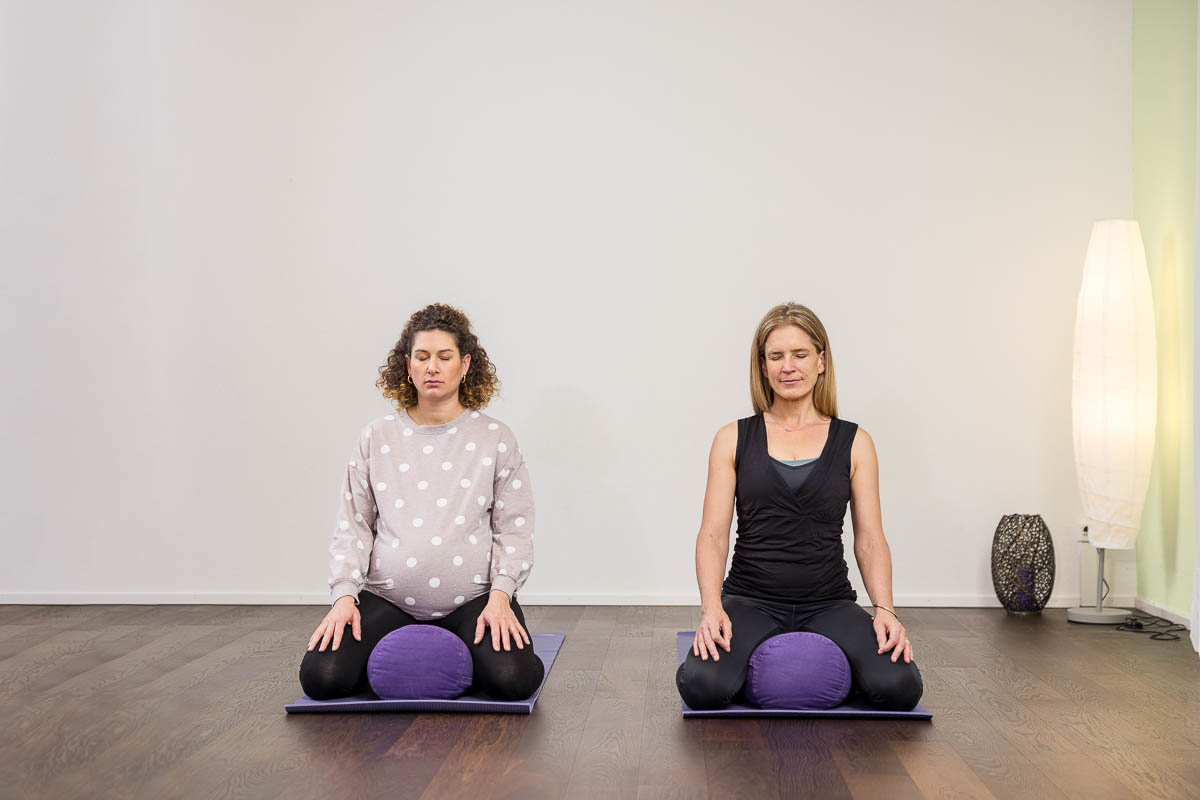by Imke Albrecht
Did you have a perineal tear or episiotomy during childbirth? Even though you had a hay flower steam bath, massage etc.?
What is best for a scar after a perineal tear or episiotomy?
You women often don’t like to hear the answer. Then the best thing for the scar in the perineal area is: REST. Little movement. And I know from experience that many young mothers have far too much energy in the initial hormonal rush. Which is nice, but not what your body needs.
The old saying: “Postpartum is 2 weeks in bed, 2 weeks around the bed and 2 weeks…. “I don’t even know how to finish it, it has become obsolete. On the one hand, nobody complied anyway. And I’ve never found that necessary. However, it has now also been scientifically proven that “early mobilization”, even after a caesarean section, is very beneficial. However, early mobilization does not mean walking around outside all day or sitting on the fresh scar for hours on end. Early mobilization means getting out of bed, sitting while eating, going to the toilet regularly, walking up and down the apartment a little. And otherwise to rest, to bond a lot with the new baby, to cuddle.
As a rule, birth injuries heal quite well because you are young, healthy women. Although the wound area is difficult due to colonization with germs from the intestine, the wound healing process is usually surprisingly unproblematic.
Actually, it would be logical for every woman in life to be careful with a freshly stitched scar. Especially as it is not just about the scar, but also about the overstretched pelvic floor, which is also not good if it is exposed to too much gravity.
In the postpartum period, however, many new mothers forget their own needs and don’t feel themselves well. Sometimes it takes us midwives to tap on the table and help you to feel into your body. And so often I hear, “That’s right Imke, you say that well.” Many women also think they have to prove how quickly they are fit and on their feet again.
In the first 2 weeks, roughly 80% of wound healing, bleeding, lactation and involution take place. The first 2 weeks are so important. And there’s a lot you can do wrong. So. Keep your feet still! Be patient. And resonate with the process. Right now, nesting and rest are important.
Now that you’ve been told off, here are a few more specific tips for caring for your scar after a perineal tear or episiotomy.
Specific tips for caring for your scar after a perineal tear or episiotomy
- Sit on the scar a little!
- Walk a little to keep wound edges still
- Lying on your stomach for 15 minutes every day also promotes the discharge of lochia from the uterus.
- In the toilet, it is helpful to dilute the urine with a flush bottle so that it does not sting so badly.
- During bowel movements, you can use toilet paper to create counter-pressure on the perineum.
- There is no need to worry that the stitching will come undone in the toilet! You can continue to take magnesium, then the stool will be softer.
- When standing, it helps to stand with your legs crossed for the first few days to relieve the pelvic floor.
- Rinses with calendula essence, lavender, camomile or e.g. Tannosynt from the rinse bottle can promote the healing process.
- Octenisept and Bepanthen Plus are good disinfectants for bacterially infected wound edges.
- Change pads regularly, avoid plasticized pads at the beginning.
- Decongestants such as ibuprofen are compatible with breastfeeding. Even if fathers sometimes fail because of female pharmacists.
As a rule, however, surprisingly little effort is required for the scar to heal properly.
My courses
Similar posts
Suckling confusion, separation of mother and child due to medical treatment of the baby.... Jenny experienced this with her first child and talked to me about her breastfeeding experiences before the birth of her second son and we considered strategies for what she wanted to do differently this time.
You can take a hay flower steam bath to prepare for the massage. I found that wonderful during my pregnancy.
Tense up to relax. In short, this is the principle of progressive muscle relaxation. In this short video I guide you through the relaxation exercise for a few minutes.







